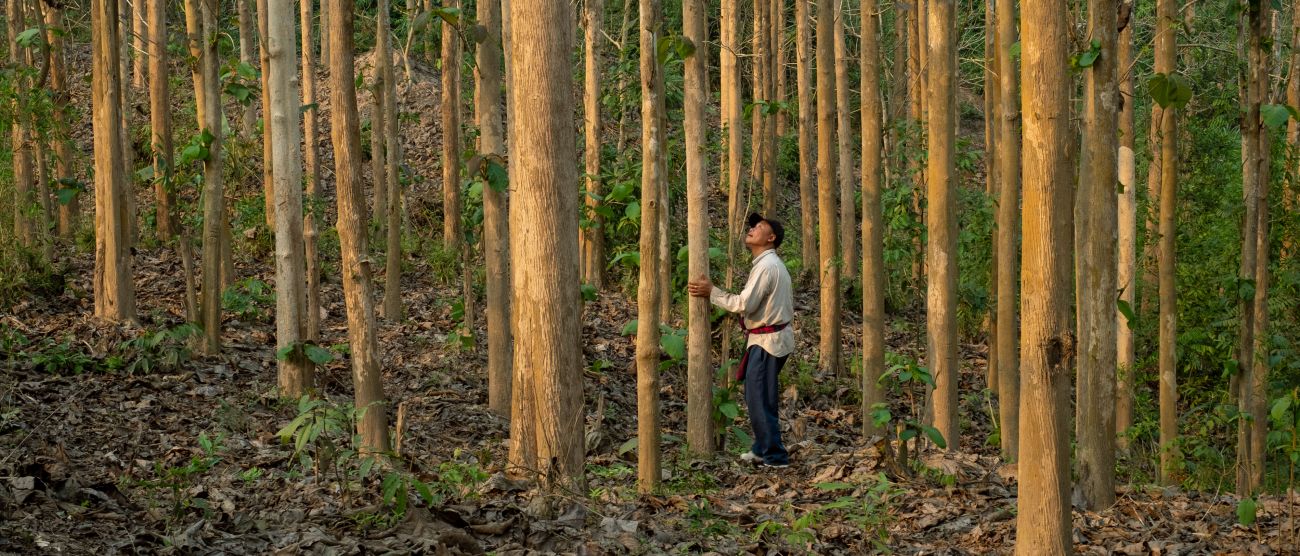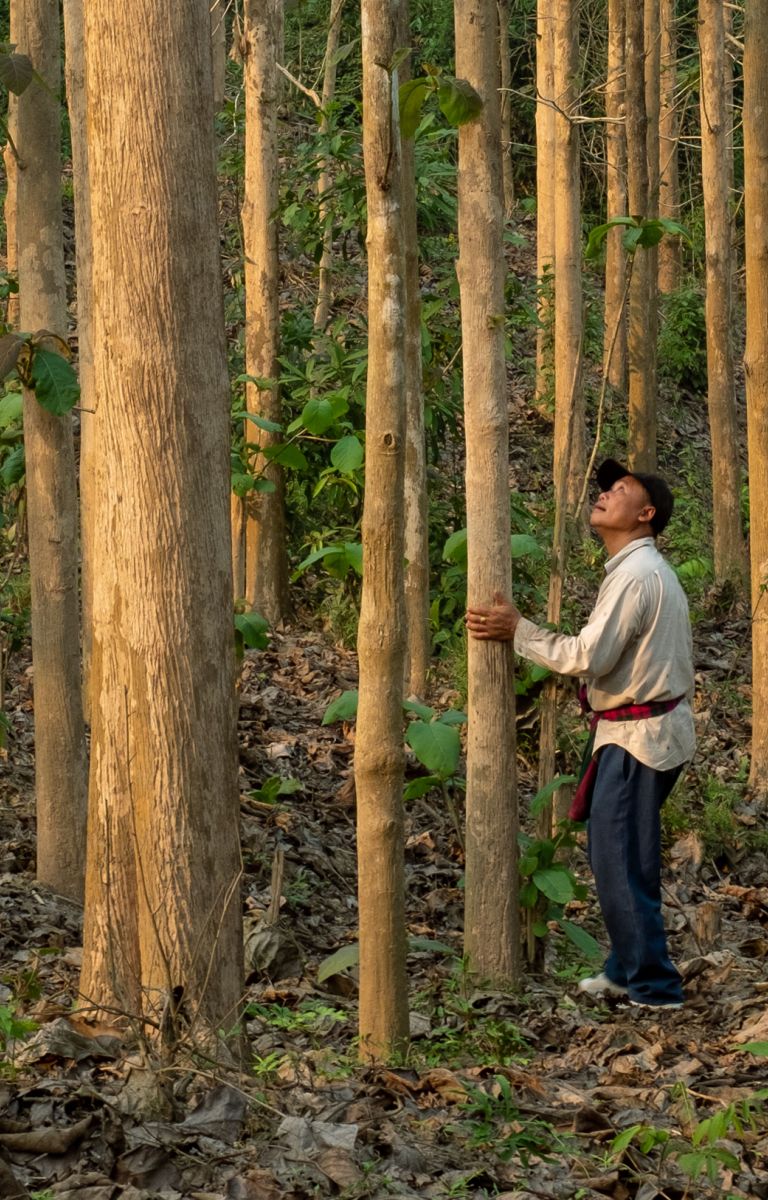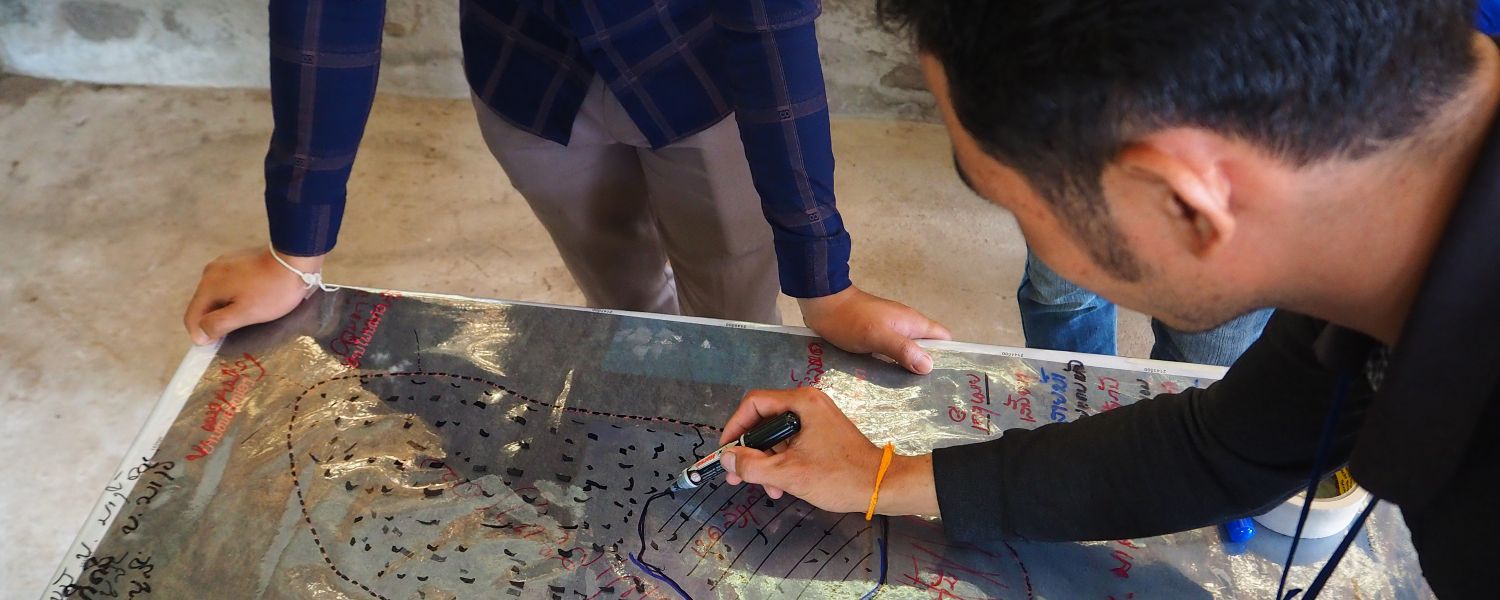

A landscape is an area with varied land uses, such as natural forests, secondary forests, timber plantations, farmland and degraded lands.
In 1999, WWF and IUCN began examining how higher-quality forest landscapes could meet human needs, conserve biological diversity and provide ecosystem functions for all life on Earth. The new process was named forest landscape restoration.
The following year, WWF and IUCN organized a workshop that defined FLR as “a planned process that aims to regain ecological integrity and enhance human well-being in deforested or degraded forest landscapes”. Since then, many organizations have applied the concept and refined it.
For example, the Global Partnership on Forest Landscape Restoration defines FLR as: “an active process that brings people together to identify, negotiate and implement practices that restore an agreed optimal balance of the ecological, social and economic benefits of forests and trees within a broader pattern of land uses.”
Put more simply, FLR is about restoring the landscape in a participatory way to enhance human well-being.

In 2007, Stewart Maginnis and William Jackson published What is FLR and how does it differ from current approaches?. It identified the following aspects of FLR:
- FLR is a flexible process with three main features. It is participatory, requiring the engagement of stakeholders to be successful. It is based on adaptive management and is therefore responsive to social, economic and environmental change. And it requires both an adequate monitoring program and an appropriate learning process.
- FLR seeks to restore ecological processes at the landscape scale to maintain biodiversity and ecosystem functions, and confer resilience to environmental change.
- FLR seeks to enhance human well-being by restoring ecosystem services.
- FLR implementation is at a landscape scale, so site-level decisions must be made within a landscape context.
How FLR differs from other forest restoration approaches
FLR is far more comprehensive than conventional forest restoration approaches in analyzing local contexts and designing interventions for multiple purposes. It considers landscape objectives and the impacts of and on different stakeholders.
FLR goes far beyond planting trees and simply increasing forest cover. By contrast, many large-scale restoration programs in Asia have focused on fast-growing, exotic species and timber production. This led to valid criticism over their claims of improving forest quality and human well-being.
Another distinguishing feature of FLR is that stakeholders in the landscape participate throughout the process. FLR works with stakeholders to identify and address the root causes of deforestation and forest degradation, and to jointly develop solutions. FLR processes emphasize local needs and national priorities equally. They acknowledge that top-down approaches will be counterproductive in the medium to long term. This contrasts with many traditional restoration initiatives in Asia that focused insufficiently on stakeholder engagement, if at all.
FLR also differs from other approaches in the way it recognizes complexity and uncertainty. Local needs, priorities and patterns of resource use change over time. External influences such as climate change, market forces and policies make them even less predictable. FLR needs to be grounded in an adaptive management process that includes iterative monitoring and learning. This was not often the choice of large-scale top-down restoration projects.
